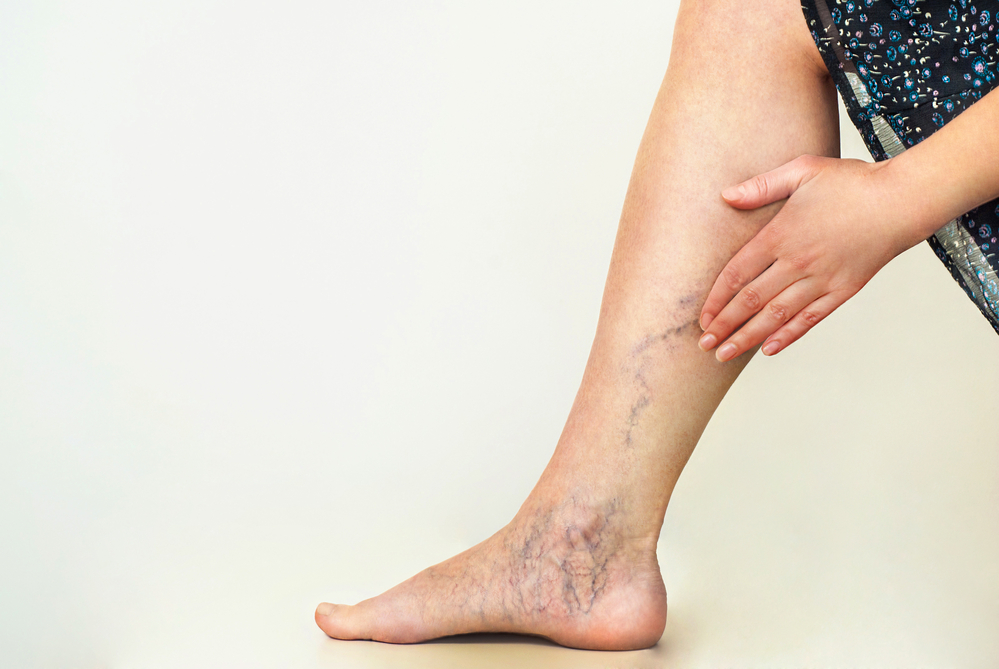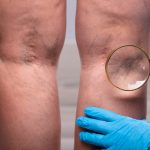 Hidden Signs of Varicose Veins You Might be Missing
Hidden Signs of Varicose Veins You Might be Missing
Even when legs appear normal, there are several symptoms from hidden venous insufficiency that may be missed. Aside from discomfort, varicose veins can be an underlying cause of other, more significant health issues and should not be left untreated.
Read on for the symptoms of varicose veins you may not be associating with a vein issue, and why aesthetics isn’t the only reason to consider having vein treatments.
An Itching Sensation
The most common symptom of untreated varicose veins is an itching sensation around the affected area, leading to the frequent misdiagnosis of dry skin. Chronic dryness that isn’t corrected by over-the-counter skin lotions or creams should be discussed with your doctor. Many times invisible varicose veins are the cause.Another Change In Your Skin
Affected skin near an untreated varicose vein will become shiny and thin while taking on a darker, almost bruised appearance. The skin around a varicose vein is easily disturbed and delicate enough to be damaged by even the slightest of impacts. Heavy bruising is not uncommon, and dermatitis from varicose veins could lead to an ulcer if not treated.Leg Ulcers
An ulcer is a break in the skin, which becomes dangerous if exposed to bacteria and infection and can lead to further health complications. According to the Mayo Clinic, this type of ulcer is caused by long-term fluid buildup in the tissues surrounding the varicose veins from heightened pressure of the blood within the affected veins. These ulcers are slow-healing, uncomfortable, and can be caused by scratching the skin over a varicose vein. Healing leg ulcers can be a lengthy process that requires a wound care specialist.Blood Clots (Deep Vein Thrombosis)
The most severe symptom, blood clots occur when blood is unable to recirculate back to the heart and pools in the body. This creates “stagnant blood flow.” Blood clots from superficial veins close to the skin’s surface are not a health risk. Those found in deep veins, however, can travel through the bloodstream to the lungs, causing a potentially life-threatening condition – a pulmonary embolism.Leg Swelling and Heaviness
Visible veins are visible for a reason. Varicose veins are bulging, dysfunctional veins that prevent blood from flowing properly toward your heart. They get their thick, unsightly shape from blood backing up and pooling, which causes them to increase in size and swell. Telltale signs are aching, tender, heavy, or sore legs, often accompanied by swelling in the ankles or feet after standing for a prolonged length of time.Cramping and Discomfort
Varicose veins diminish the flow of blood through the veins. Because oxygen carried through the blood is unable to reach the proper areas, muscle cramps develop near the site of the affected vein. Vein disease also causes leg pain, throbbing, tingling and even Restless Leg Syndrome if left undiagnosed.Bleeding
If a varicose vein close to the surface of the skin bursts, bleeding can occur. While bleeding is not ordinarily considered a severe health risk, it’s crucial to have veins checked and treated, so the issue does not continue. Bleeding from varicose veins can be substantial, so seek medical assistance if this is something you are experiencing.Don’t Ignore Warning Signs of Hidden Varicose Veins
Many varicose veins prove to be nothing more than superficial; however, there are potential hazards to leaving them left untreated. If you have visible veins or are experiencing symptoms associated with them, it’s imperative to see a vein specialist for evaluation and treatment. If you’re experiencing pain, discomfort, numbness or weakness in your legs, or other parts of your body, call the Vein & Laser Institute today to set up an appointment with one of our experienced physicians. We will evaluate your symptoms and test for any life-threatening dangers that may be present within your veins.Recent Posts



